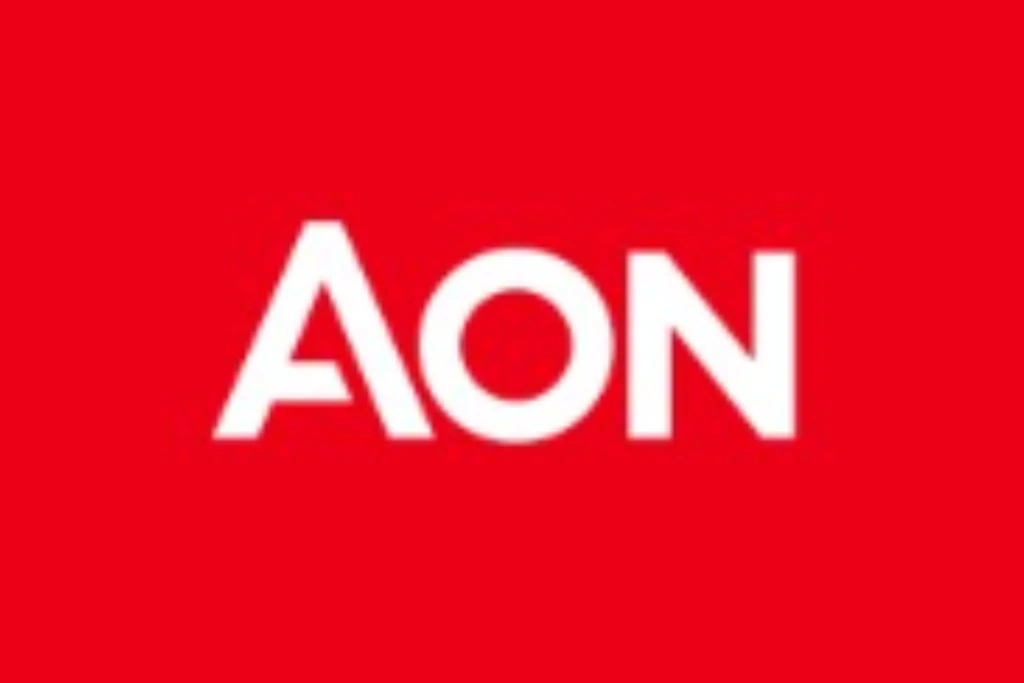The results of a recent survey of 152 defined benefit pension schemes in the UK by professional services firm Aon indicates that a majority of schemes now have a professional trustee on their board.
In the survey, Aon found that 57 per cent of respondents reported that they had appointed a professional trustee already. Aon expects this proportion will continue to rise in the future.
“A professional trustee won’t be appropriate for all schemes – many of which will already have highly experienced trustees on the board – but with the increased focus from employers on endgame planning, we expect the proportion of schemes with a professional trustee to continue to grow,” said James Patten, Partner at Aon.
“Where employers are looking to settle their pension risk through an insured transaction, the additional experience of the process that a professional trustee can offer, in addition to that of a specialist adviser, is likely to be attractive.
“That knowledge may also enhance credibility with insurers as the scheme approaches the insurance market. For schemes that are instead looking to run-on, there will be new and complex decisions to make, and, in that case, a professional trustee is likely to be valuable in reaching quick and robust decisions,” added Patten.
With the background of the current economic climate, and the increasing governance burden on schemes, many new professional trustee appointments may be made on a sole trustee basis.
“Our survey suggested that 87 per cent of the schemes using the sole trustee model had less than £250m in assets – which suggests that cost-efficient governance is particularly important at that end of the market. However, we may begin to see more interest for a sole trustee approach for larger schemes in the coming years,” added Patten.
“But it’s one thing to have a plan, and quite another to implement it. In the lead-up to moving to an endgame, we suggest employers and trustee boards work collaboratively to consider how their needs may have altered as their circumstances have changed.
“They also need to review the pros and cons of different trustee structures, how the current governance structure aligns with these requirements, and then how any changes can be made. This doesn’t always mean a professional trustee or a sole trustee solution is the right answer. It often depends on the skills and diversity of the existing trustee board, the history of the scheme and the nature of the relationship that the trustee board may have with members,” he said.

